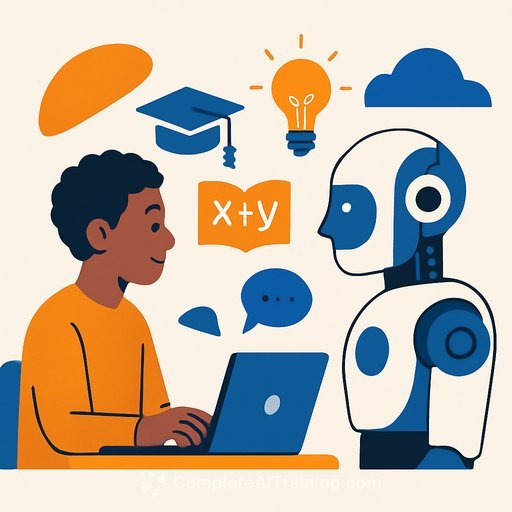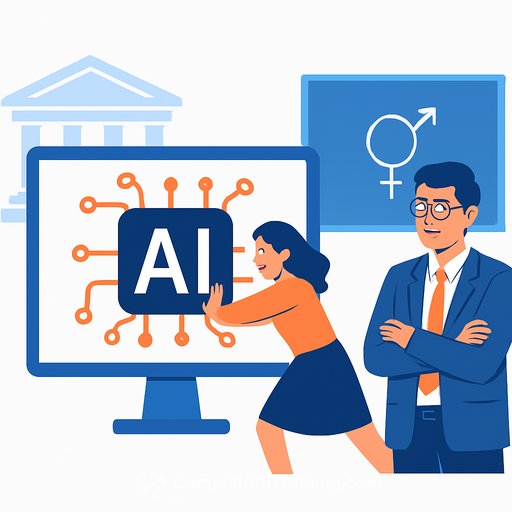Perham-Dent Schools Put AI to Work for Enhanced Teaching and Learning
Perham-Dent educators are using AI to individualize instruction, speed up routine grading, and free time for more face-to-face support. The goal is simple: better feedback, higher engagement, and clearer insight into student progress.
What's happening in Perham-Dent
Two years ago, staff at Perham High School began exploring practical AI use across classrooms. Principal Ehren Zimmerman emphasized that AI can be a helpful tool in secondary education when paired with staff training and clear guardrails.
English teacher and speech coach Kasey Wacker showed the school board how AI is already improving daily workflows. Teachers build rubrics into the district's AI system, then review AI-generated feedback before students see it. This keeps teacher judgment central while scaling the quality and frequency of comments.
Faster checks, deeper feedback
Multiple-choice tests can be graded automatically, cutting turnaround time. For written work, AI checks for key concepts based on the rubric and suggests targeted comments. Teachers approve or revise those comments so students get precise notes on what worked and what needs attention.
Without AI, comment length often shrinks under time pressure. With AI, students receive clearer explanations and concrete next steps-without adding hours to grading.
More engaging lessons, more ways to learn
Teachers use AI to build assignments, quizzes, and interactive activities that keep attention high. If a question stumps a student, AI can reword it or offer hints on the spot. That makes formative practice more flexible and inclusive.
Wacker noted that AI chatbots act as on-demand tutors. If a student isn't making progress or uses the chatbot inappropriately, the system flags the teacher to step in.
Real-time insight and growth tracking
Teachers can see live progress for each student and decide who needs in-person help. Data from events like a first speech can be saved and compared later, giving a clear picture of growth over time.
This visibility improves intervention timing. It also shifts teacher time from clerical tasks to coaching, conferencing, and relationship-building.
Preparing students for an AI-enabled future
Students are getting hands-on experience with AI as part of everyday learning. They learn to use prompts, reflect on feedback, and collaborate with teachers to improve their work. As Wacker put it, the aim is to help students use AI responsibly and effectively so they can succeed beyond the classroom.
Practical takeaways for educators
- Keep the teacher in control: Require teacher approval for AI-generated feedback before release.
- Start with high-impact use cases: Automated MC grading, rubric-aligned comments, reworded questions, and quick hints.
- Build engagement: Use AI to generate interactive activities and varied practice.
- Monitor progress: Use dashboards to spot who needs face time and when.
- Set norms: Define appropriate chatbot use, and route flags to teachers for follow-up.
- Measure growth: Save artifacts (e.g., first vs. final speech) to track skill development.
Policy and PD resources
For district-level guidance and professional learning, review current best practices and ethical considerations:
- U.S. Department of Education: Artificial Intelligence and the Future of Teaching and Learning
- UNESCO Guidance on Generative AI in Education and Research
Build your team's AI skill set
If your staff is exploring structured training, see curated options by job role and skill:
Perham-Dent's approach is clear: apply AI where it saves time, keep teachers in the loop, and use the gains for richer human interaction. That's the playbook for sustainable impact.
Your membership also unlocks:






